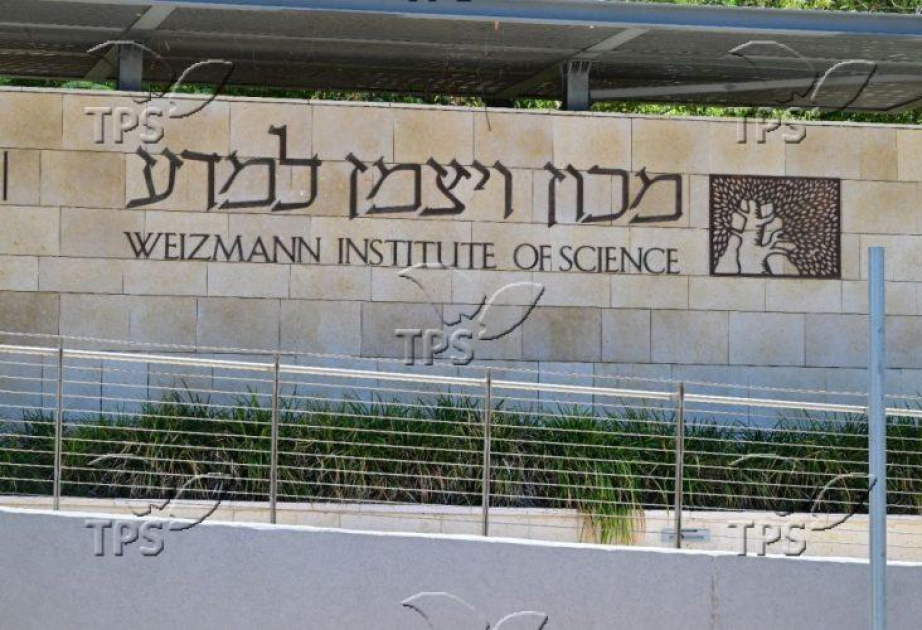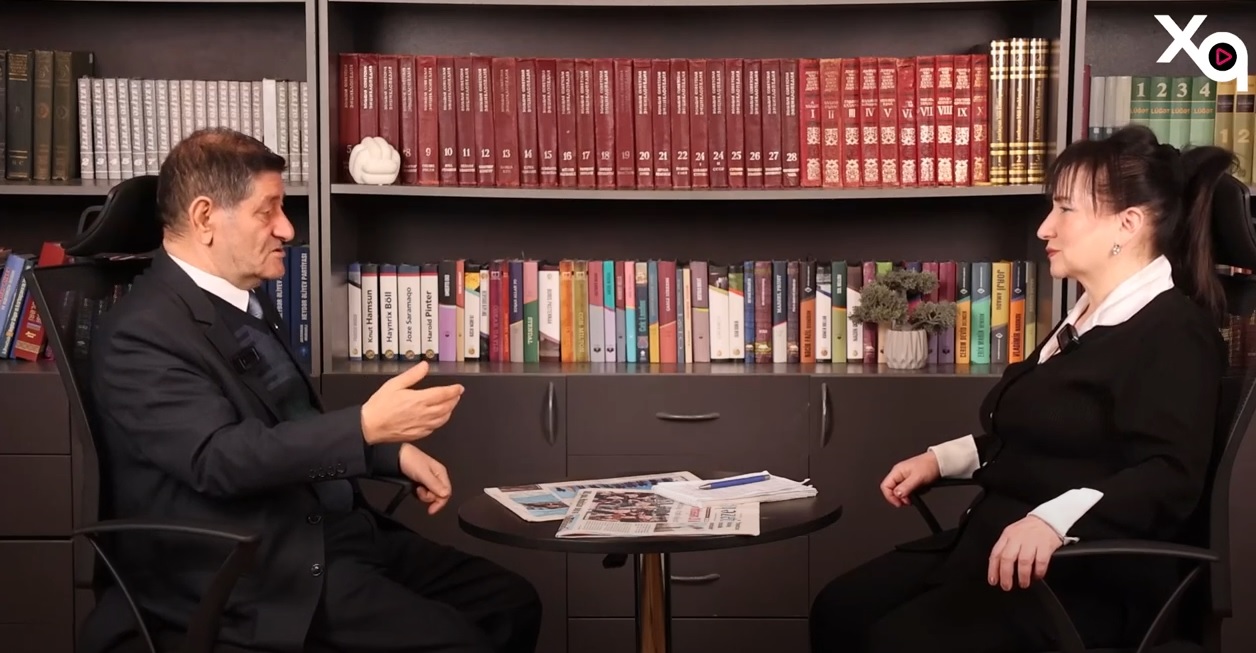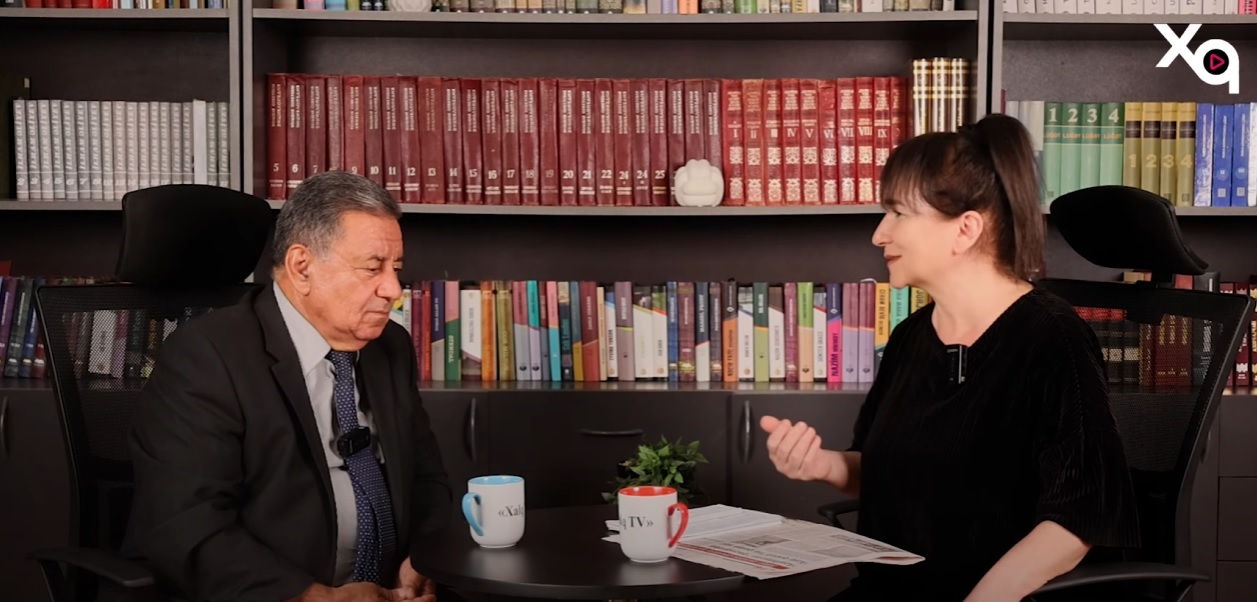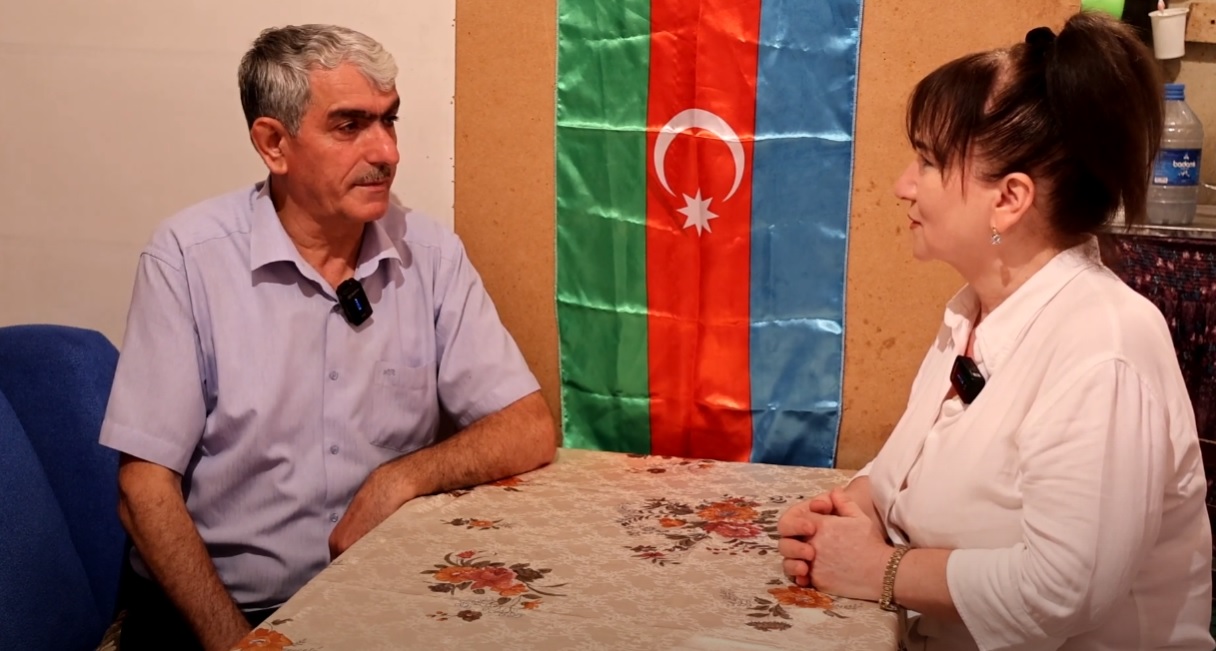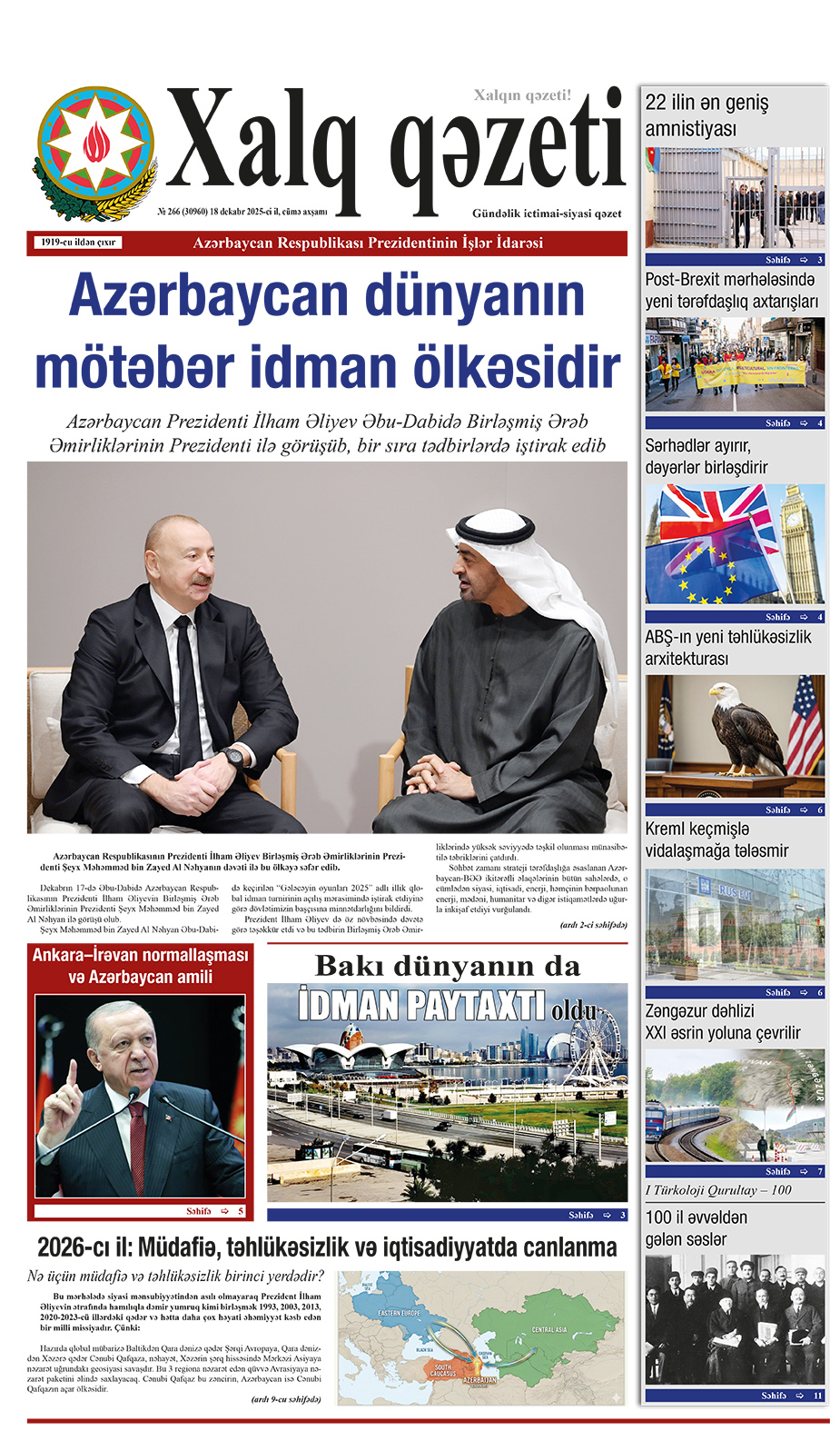By Rossella Tercatin
2,700-year-old fragment of pottery suggests Judeans delayed paying their tributes to the empire, echoing the events described in the book of II Kings
An Assyrian inscription dating to around 2,700 years ago was unearthed in an archaeological excavation near the Temple Mount in Jerusalem’s Old City — the first time written evidence of the relations between the Assyrian Empire and the Kingdom of Judah has been discovered in the city, the Israel Antiquities Authority (IAA) announced Wednesday.
Inscribed on a pottery fragment 2.5 centimeters (1 inch) in size, the writing mentions a delay in payment, the first day of the month of Av, and the title of an Assyrian officer, the “holder of the reins,” a position connected to the royal court known from Assyrian historical records. The words are written in cuneiform script in the Akkadian language. Scientific analysis of the clay confirmed that it came from the Tigris basin region, where several Assyrian centers were located.
The artifact was found in the dirt removed from an excavation at the Davidson Archaeological Park next to the Western Wall, conducted by the IAA in collaboration with the City of David Foundation.
According to the experts who studied it, the inscription was likely a tax notice from the Assyrian emperor to the Judaean king, echoing the biblical description of how the powerful empire had turned Judah into a vassal kingdom after destroying the bordering Kingdom of Israel.
“The artifact is probably a fragment of a bulla, an inscribed royal sealing that served as a short summary of the content [of the document] it sealed,” Dr. Peter Zilberg of Bar-Ilan University, an Assyriologist who studied the artifact, told The Times of Israel in a phone interview. “Many of these inscribed sealings sealed official documents or letters addressed to very important people.”
The experts dated the artifact to between the end of the 8th century and the middle of the 7th century BCE, based on stylistic and linguistic considerations.
“It was a period of turmoil,” Zilberg said. “We have the Hezekiah revolt right against [Assyrian King] Sennacherib. [Hezekiah] delayed paying taxes for a certain period, leading Sennacherib to march on Jerusalem.”
“In the 14th year of King Hezekiah, King Sennacherib of Assyria marched against all the fortified towns of Judah and seized them. King Hezekiah sent this message to the king of Assyria at Lachish: ‘I have done wrong; withdraw from me; and I shall bear whatever you impose on me. So the king of Assyria imposed upon King Hezekiah of Judah a payment of 300 talents of silver and 30 talents of gold,” reads II Kings (18:13-14).
The military campaign and the exorbitant tributes imposed on Judah were also recorded on the Sennacherib prisms, clay cylinders inscribed with a detailed account of the king’s deeds.
“Unfortunately, the fragment does not include the exact year of the inscription, as the part that would have carried it broke off,” Zilberg said.
He said such incidents could have also happened on other occasions, under Hezekiah’s successors.
“Yet, [the inscription] echoes the biblical story of delaying paying taxes to the Assyrians, and this is really important,” Zilberg noted.
Advertisement
“It is a wonderful addition to the history of the relations between Judah and Assyria,” he added. “We already knew from documents that were found in Assyria that there were Judean emissaries in the court of the Assyrian king and Judean travelers or merchants doing business in Assyria. Now, for the first time, we have evidence from Jerusalem and not from Assyria.”
Zilberg expressed hope that the archaeologists could find another fragment of the inscription in the future. He added that the sealing was identified with “other amazing finds due to be published soon.”
Sifting through Jerusalem’s history
The inscription was discovered by a staff member of the “Archaeological Experience” at the Emek Tzurim National Park, where dirt from various archaeological excavations is brought in for sifting in a joint project by the Israel Nature and Parks Authority and the City of David Foundation (the Temple Mount Sifting Project is also located nearby).
The dirt was excavated from the edge of Jerusalem’s central drainage canal, dating from around 2,000 years ago.
“Our excavation focuses on the drainage canal from the Second Temple Period, but at its end, we found an area where the drainage from the later period did not survive, and we uncovered an impressive structure from the First Temple period,” IAA excavation director Dr. Ayala Zilberstein told The Times of Israel. “This special inscription came from there.”
Dr. Ayala Zilberstein, excavation director at the Davidson Archaeological Park in Jerusalem on behalf of the Israel Antiquities Authority, at the site where a 2,700-year-old pottery fragment bearing the first-ever Assyrian inscription found in the city was unearthed. The discovery was announced on October 22, 2025. (Emil Aladjem/Israel Antiquities Authority)
According to Zilberstein, the discovery suggests that the structure on the slope of the hill west of the Temple served as an administrative center, as testified by other sealings that have been uncovered in the remains of the building and have not been disclosed to the public yet.
“We knew that this massive building belonged to the end of the First Temple Period [8th-7th centuries BCE] based on its architecture, but as we have been sifting through the dirt, we have been finding more and more evidence of administrative activities at a high level, by people who were connected to the court and the king,” she said. “This inscription proves that we are talking about a very important place.”
Zilberg explained that at the time, peoples across the Near East, including the Judeans and Israelites, used the Mesopotamian calendar.
Advertisement
“The calendar that Jews use today is almost exactly like the Mesopotamian calendar,” he noted.
Dr. Peter Zilberg of Bar-Ilan University holds a 2,700-year-old pottery fragment bearing the first-ever Assyrian inscription found in Jerusalem. The discovery was announced on October 22, 2025. (Yoli Schwartz/Israel Antiquities Authority)
The researchers also analyzed the mineralogical characteristics of the clay to determine its provenance.
“The material is entirely different from the local raw materials typically used to produce pottery, bullae, and clay documents in Jerusalem and the southern Levant,” Dr. Anat Cohen-Weinberger from the IAA said in a statement, referring to the region of modern Israel, the West Bank, and Jordan.
“The bulla’s mineral composition generally corresponds to the geology of the Tigris Basin region, where the central cities of the Assyrian kingdom were located, such as Nineveh, Ashur, or Nimrud/Kalḫu,” she added. “A chemical analysis of the bulla’s composition is currently being conducted in collaboration with Dr. Yehudit Harlavan of the Geological Survey of Israel to precisely determine its provenance.”
Zilberg stressed the importance of collaboration between several scholars and fields in extracting such essential information from such a small piece of clay.
“We have the connection between archeology, history, and science,” he said. “This artifact is very, very important in connecting the history of the Land of Israel to the Bible and to the history of the ancient Near East as a whole.”
“For me as a historian, this is somewhat of a flashlight in the fog of history,” he added. “There is so much that we do not know, and then these inscriptions come in and shine a very particular light on a very particular subject. It is very exciting.”









